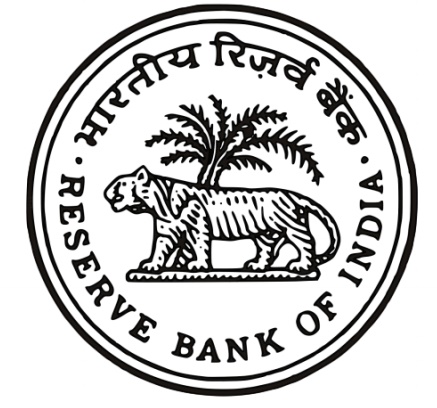Banking - Functions of Central Bank (Reserve Bank of India) | 12th Economics : Chapter 6 : Banking
Chapter: 12th Economics : Chapter 6 : Banking
Functions of Central Bank (Reserve Bank of India)
Functions of Central Bank (Reserve Bank of India)
The Reserve Bank of India (RBI) is India’s central banking
institution, which controls the monetary policy of the Indian rupee. It
commenced its operations on 1 April 1935 in accordance with the Reserve Bank of
India Act, 1934. The original share capital was divided into shares of ₹100
each fully paid, which were initially owned entirely by private shareholders.
Following India’s independence on 15 August 1947, the RBI was nationalised on 1
January 1949.

1. Monetary Authority: It controls the supply of money in the
economy to stabilize exchange rate, maintain healthy balance of payment, attain
financial stability, control inflation, strengthen banking system.
2. The issuer of currency: The objective is to maintain the currency
and credit system of the country. It is the sole authority to issue currency.
It also takes action to control the circulation of fake currency.
3. The issuer of Banking License: As per Sec 22 of Banking Regulation Act, every bank has to obtain a banking license from RBI to conduct banking business in India.
4. Banker to the Government: It acts as banker both to the central and
the state governments. It provides short-term credit. It manages all new issues
of government loans, servicing the government debt outstanding and nurturing
the market for government securities. It advises the government on banking and
financial subjects.
5. Banker’s Bank: RBI is the bank of all banks in India as
it provides loan to banks, accept the deposit of banks, and rediscount the
bills of banks.
6. Lender of last resort: The banks can borrow from the RBI by
keeping eligible securities as collateral at the time of need or crisis, when
there is no other source.
7. Act as clearing house: For settlement of banking transactions,
RBI manages 14 clearing houses. It facilitates the exchange of instruments and
processing of payment instructions.
8. Custodian of foreign exchange reserves: It acts as a custodian
of FOREX. It administers and enforces the provision of Foreign Exchange
Management Act (FEMA), 1999. RBI buys and sells foreign currency to maintain
the exchange rate of Indian rupee v/s foreign currencies.
9. Regulator of Economy: It controls the money supply in the
system, monitors different key indicators like GDP, Inflation, etc.
10. Managing Government securities: RBI administers
investments in institutions when they invest specified minimum proportions of
their total assets/liabilities in government securities.
11. Regulator and Supervisor of Payment and Settlement Systems: The Payment and
Settlement Systems Act of 2007 (PSS Act) gives RBI oversight authority for the
payment and settlement systems in the country. RBI focuses on the development
and functioning of safe, secure and efficient payment and settlement
mechanisms.
12. Developmental Role:
This
role includes the development of the quality banking system
in India and ensuring that credit is available to the productive sectors of the
economy. It provides a wide range of promotional functions to support national
objectives. It also includes establishing institutions designed to build the
country’s financial infrastructure. It also helps in expanding access to
affordable financial services and promoting financial education and literacy.
13. Publisher of monetary data and other data: RBI maintains and provides
all essential banking and other economic data, formulating and critically
evaluating the economic policies in India. RBI collects, collates and publishes
data regularly.
14. Exchange manager and controller: RBI represents India as
a member of the International Monetary Fund [IMF]. Most of the commercial banks
are authorized dealers of RBI.
15. Banking Ombudsman Scheme: RBI introduced the Banking Ombudsman
Scheme in 1995. Under this scheme, the complainants can file their complaints
in any form, including online and can also appeal to the Ombudsman against the
awards and the other decisions of the Banks.
16. Banking Codes and Standards Board of India: To measure the
performance of banks against Codes and standards based on established
global practices, the RBI has set up the Banking Codes and Standards Board of
India (BCSBI).
Related Topics